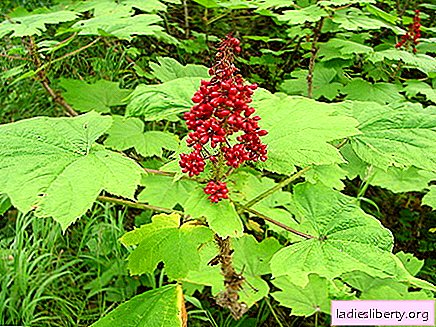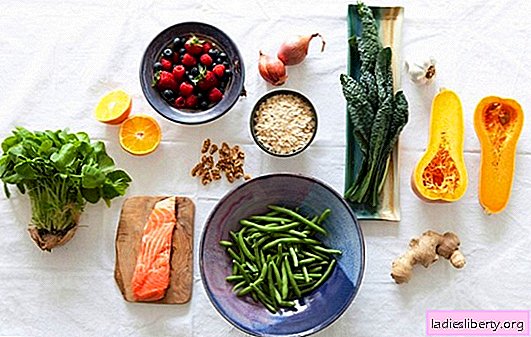
Zamaniha - general description
Zamaniha is a low shrub belonging to the Araliaceae family. The plant has a long, creeping rhizome and fleshy light roots. Zamaniha has a non-branching, straight, glossy light brown stalk with frequent needle-like leaves.
The flowers of the plant are small, nondescript, yellowish-green, subtle, collected in oblong spherical umbrellas. The flowering period of the temptation is June and July. Zamanikha gives bright red, fleshy fruits that ripen from August to September.
The plant contains a lot of useful substances, including essential oils, saponin, alkaloid, coumarin, phenolic compound, carbohydrates.
Zamanikha - types and places of growth
In total, three species are attributed to the genus Zamaniha, two of which grow in western North America and East Asia, and only one species is found in Russia. This plant called zamaniha tall.
The Far East, Primorsky Territory - this is the territory of the distribution of the temptation. The plant prefers narrow gorges, coniferous forests, screes and steep rocky slopes located high above sea level.
Zamanikha - healing properties
Useful properties of the temptation are used by both official and traditional medicine. Its effectiveness is equal to the effectiveness of ginseng. Zamaniha has anti-diabetic, stimulating, diuretic and anti-inflammatory effects. She is also able to increase mental and physical performance.
The tincture of the roots of the temptation is used to treat asthenic conditions, neurosis, schizophrenia, significant inhibition of the central nervous system.
Using tinctures of the temptation, you can reduce pain in the heart and head, reduce irritability and fatigue, blood pressure, improve sleep.
It is very effective to use the temptation to treat asthenic syndromes in pregnant women who have given birth after a pathological birth.
It also has an effective effect on women during menopause, reduces blood sugar and glucose in people with diabetes, and activates urination.
Zamanikha - dosage forms
The medicinal raw material of the temptation is its root. Its preparation is made after the fruits of the plant ripen and its leaves fall. The dug roots are cleaned from the ground, crushed into small sticks about 35 centimeters in size. After this, the raw materials are dried. Also sometimes use the leaves of the plant. Tinctures and decoctions are prepared from raw materials.
Zamaniha - recipes
In order to prepare tincture from the temptation with the effect of stimulating the nervous system, it is necessary to pour rhizomes with alcohol in a ratio of one to ten. Insist the remedy in a dark place for two weeks. You need to use strained tincture of 25 drops with water. The tincture is distinguished by a bitter taste, a peculiar smell and a light brown color.
To prepare tea from the temptation, you must mix dry chopped leaves of the temptation with black or green tea. You need to use such tea sutra or at lunch.
Zamaniha - contraindications
As with any drug, it is necessary to be very careful while taking drugs containing zamaniha and be sure to observe the dosage and duration of treatment. An overdose may cause vomiting and headache.
Zamaniha is also not recommended for people with increased nervous irritability, hypertension, myocardial infarction, acute infectious diseases, fever, insomnia, sclerotic changes in the vessels of the brain, epilepsy, hyperkinesis.
Prolonged use of drugs may cause urticaria, other skin complications.











